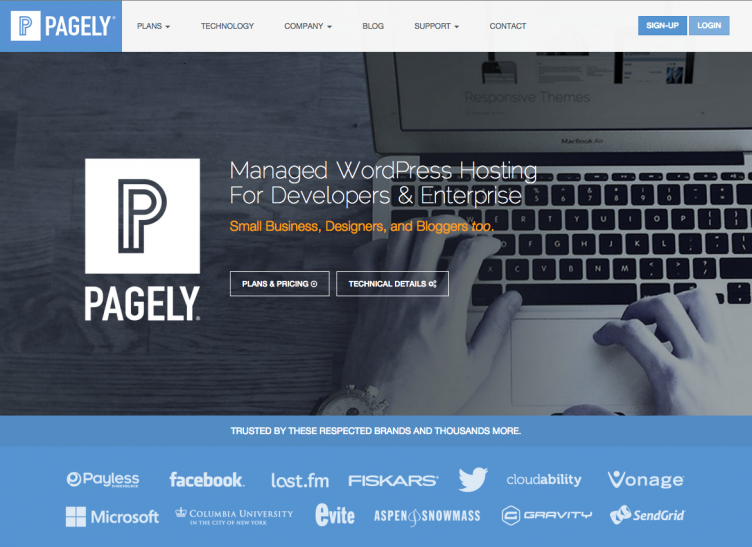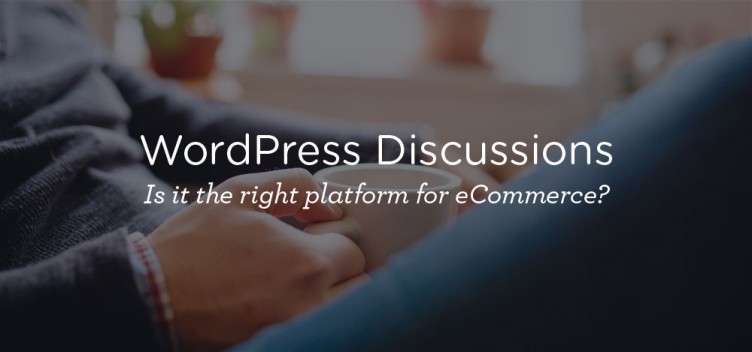
Postmatic is a new WordPress plugin that I think is quite promising. It’s aim is to eventually change the way you utilize WordPress email in many ways, but its comment functionality is what intrigued me immediately.
Postmatic currently allows users to subscribe to comments and posts by email; but what sets it apart is that it enables reply by email functionality as well. That’s something that has been high on my list of wants for a WordPress plugin for a long time, and I wanted it without switching to a third party system like Disqus.
All in all — aside from enabling replies by email — the current feature set is quite similar to Jetpack’s Subscriptions module. Postmatic has widgets for post subscriptions and will send subscribers new posts and allow them to get emailed comment notifications as well.
I asked Jason Lemieux, a co-founder of Postmatic, if they were considering a way to import from Jetpack or otherwise integrate with it, and they are. They’re working now to make it so that your old posts using Jetpack’s subscription module for comment notifications will still work, and your new posts will use Postmatic.
I had a pretty thorough conversation with Jason and got to see Postmatic in action. For a free plugin especially, the functionality is quite impressive. I tested subscribing to comments, replying by email, and opting into subscriptions, and it is all very smooth. Here’s a sample reply notification to my email.









